Home>Dining>Tableware>How To Determine If Rogers Silverware Is Authentic
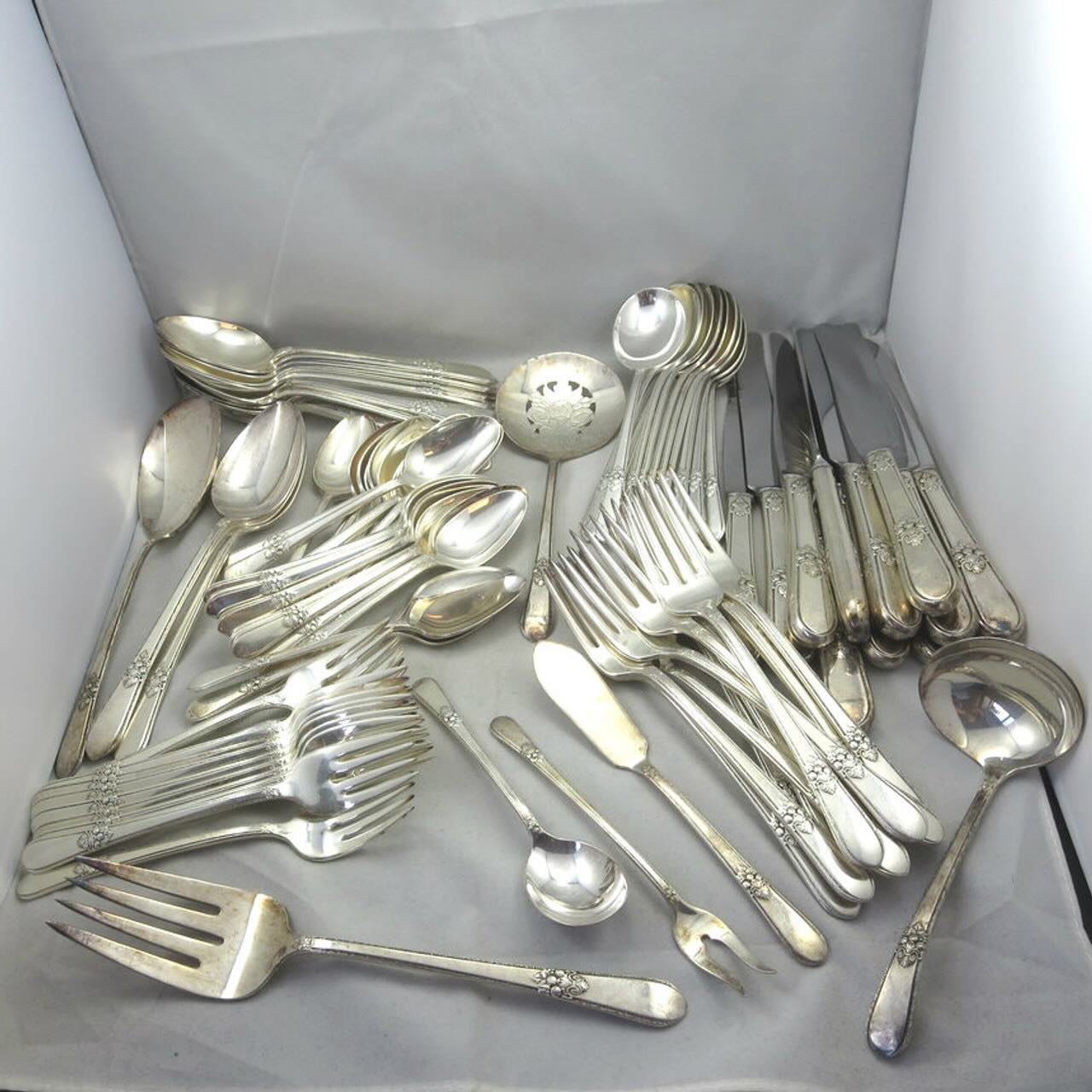

Tableware
How To Determine If Rogers Silverware Is Authentic
Modified: February 1, 2024
Discover how to determine if your Rogers silverware is genuine silver with these expert tips and tricks. Enhance your tableware collection with real silver pieces.
(Many of the links in this article redirect to a specific reviewed product. Your purchase of these products through affiliate links helps to generate commission for Storables.com, at no extra cost. Learn more)
Introduction
Welcome to our comprehensive guide on how to tell if Rogers silverware is real silver. Rogers silverware, also known as Wm. Rogers, is a popular brand of silver-plated tableware that has been cherished by households for generations. However, many people are unsure about the authenticity of their Rogers silverware and would like to determine if it is made of genuine silver or simply silver-plated.
While silver-plated tableware can still be valuable and aesthetically pleasing, there is a certain allure and prestige that comes with owning genuine silver pieces. Real silverware carries a timeless elegance and holds significant value both in terms of its monetary worth and sentimental attachment.
In this article, we will explore various methods to help you identify if your Rogers silverware is made of real silver. From a physical examination to studying hallmarks and conducting chemical and magnetic testing, we will provide you with the necessary tools to make an informed assessment. Keep in mind that while these methods can provide strong indicators, a professional appraisal is the most reliable way to authenticate your silverware.
Before we delve into the specifics, it’s important to understand the nature of Rogers silverware and how it differs from other types of silverware. Rogers silverware is silver-plated, meaning a thin layer of silver is applied to a base metal such as copper, brass, or nickel silver. This plating gives the silverware its distinctive silver appearance. While these pieces may not be solid silver throughout, they can still possess beauty, durability, and value.
Now, let’s move on to the various methods and tips you can use to determine if your Rogers silverware is made of real silver or if it is silver-plated.
Key Takeaways:
- Determining if your Rogers silverware is real silver involves physical examination, studying hallmarks, and conducting chemical and magnetic testing. Professional appraisal is the most reliable method for authentication.
- While Rogers silverware is silver-plated, it still carries charm and value. Whether silver or silver-plated, proper care and maintenance ensure its enduring elegance for generations to come.
Understanding Rogers Silverware
Before you can determine if your Rogers silverware is real silver, it’s important to have a basic understanding of the brand and its history. Rogers is a well-known name in the world of silverware, particularly for its silver-plated flatware.
The company was founded by William Hazen Rogers in the early 19th century, and it quickly gained popularity for its high-quality silver-plated products. Over the years, Rogers expanded its offerings to include a wide range of flatware patterns, serving pieces, and hollowware.
It’s worth noting that Rogers silverware is not solid silver but rather silver-plated. This means that a thin layer of silver is electroplated onto a base metal, which is typically made of copper, brass, or nickel silver. The plating gives the silverware its lustrous and silver-like appearance.
While silver-plated tableware is not as valuable as solid silver, it still carries its own charm and elegance. Many people appreciate the affordability, durability, and variety of designs that Rogers silverware offers.
To determine if your Rogers silverware is real silver or silver-plated, it’s essential to examine the physical characteristics of the pieces, study the hallmarks and stamps, and employ additional testing methods. Let’s explore these methods in detail.
Physical Examination
One of the first steps in determining if your Rogers silverware is real silver is to conduct a thorough physical examination of the pieces. Here are some aspects to consider:
- Weight: Real silver is denser than most other metals, so genuine silverware will generally feel heavier in your hand compared to silver-plated pieces. However, keep in mind that weight alone is not a definitive indicator, as some silver-plated items can be quite heavy.
- Color: Authentic silver has a distinct cool, white glow. If your silverware has a yellowish or brassy tint, it is likely silver-plated. However, keep in mind that age and tarnish can affect the appearance of the silverware, so consider cleaning or polishing it before making a final judgment.
- Evidence of Wear: Genuine silverware tends to show signs of wear over time. Look for areas where the silver plating may have worn off to reveal the base metal underneath. Additionally, real silverware will develop a natural patina or tarnish, while silver-plated items may have a more uniform, artificial shine.
- Engravings and Patterns: Examine the engravings or patterns on your silverware. If the design appears shallow or lacks detail, it is more likely to be silver-plated. Genuine silver pieces often have intricate and well-defined patterns.
- Quality of Craftsmanship: Real silverware is usually crafted with precision and attention to detail. Look for signs of quality craftsmanship, such as smooth edges, well-finished handles, and consistent patterns or motifs.
While a physical examination can provide some clues, it is important to note that these characteristics are not foolproof indicators of real silver. To determine the authenticity of your Rogers silverware with greater certainty, it is advisable to explore additional methods such as studying hallmarks and conducting chemical or magnetic testing.
Hallmarks and Stamps
The presence of hallmarks and stamps on your Rogers silverware can provide valuable information about its composition and authenticity. Hallmarks are small imprints or symbols that indicate the silver content or the manufacturer of the piece. Here’s what to look for:
- Sterling Silver Mark: If your silverware is made of genuine silver, it may bear a “sterling” mark or the number “925.” “Sterling” indicates that the piece is composed of 92.5% pure silver, while the rest is typically made up of other metals for added strength and durability.
- WM. Rogers Mark: Authentic Rogers silverware will feature the company’s hallmark. Look for variations of the WM. Rogers mark, which may include additional text such as “Wm. Rogers” or “Wm. Rogers & Son.”
- Pattern Identification: Many Rogers silverware patterns have specific names or numbers associated with them. If you can identify the specific pattern of your silverware, it can help verify its authenticity. Research and compare the pattern with known authentic Rogers designs.
- Additional Stamps: In addition to the manufacturer’s mark and pattern identification, you may find additional stamps or symbols on your silverware. These could indicate the country of origin, the year of manufacture, or the specific silverplate composition.
If you’re unsure how to interpret the hallmarks or stamps on your silverware, consult a silverware expert, antique dealer, or refer to trusted online resources that specialize in silverware identification.
Remember, the absence of specific hallmarks or stamps does not necessarily mean your silverware is not genuine. Some older pieces may have lost their marks due to wear or polishing over time. In such cases, it is advisable to explore additional forms of testing to determine the true composition of your Rogers silverware.
Look for the hallmark “925” or “sterling” on the silverware, indicating it is made of real silver. You can also use a magnet – if it sticks, it’s not silver.
Chemical Testing
Chemical testing can provide a more definitive answer about the silver content of your Rogers silverware. While it is a more advanced method that requires caution and proper handling of chemicals, it can help determine if your silverware is real silver. Here’s how you can conduct a simple chemical test:
- Nitric Acid Test: This test involves applying a small amount of nitric acid to a discreet area of your silverware. Genuine silver will not react with the acid, while silver-plated pieces may show signs of corrosion or discoloration.
- Magnet Test: While not a chemical test per se, the magnet test can help differentiate between real silver and silver-plated items. Silver, being a non-magnetic metal, will not be attracted to a magnet. If your silverware is attracted to a magnet, it is likely silver-plated, with a ferromagnetic base metal underneath.
- Professional Testing: For a more accurate and comprehensive analysis, consider consulting a professional silverware appraiser or a trusted jewelry store that offers silver testing services. They have access to specialized equipment and expertise to accurately determine the silver content of your Rogers silverware.
It is important to exercise caution when conducting chemical tests and to follow proper safety guidelines. Wear protective gloves, goggles, and work in a well-ventilated area. If you are uncertain or uncomfortable performing the test yourself, it is best to consult a professional.
Keep in mind that chemical tests can leave permanent marks on your silverware, so it is recommended to test small, inconspicuous areas or seek professional assistance if your silverware is valuable or sentimental.
Remember that while chemical testing can provide strong indications of real silver, it is always advisable to consult a professional appraiser for a definitive assessment of your Rogers silverware’s silver content.
Read more: How To Determine Bathtub Size
Magnetic Testing
In addition to chemical testing, magnetic testing can be a helpful method to determine if your Rogers silverware is made of real silver or if it is silver-plated. Here’s how you can conduct a magnetic test:
- Obtain a Magnet: Start by acquiring a small, strong magnet. Neodymium magnets or rare earth magnets are ideal for this test as they have strong magnetic properties.
- Test the Attraction: Hold the magnet close to your silverware and carefully observe the reaction. Genuine silver is not magnetic, so if your silverware is not attracted to the magnet, it suggests that it might be real silver.
- Check for Attraction to Base Metal: If your silverware is attracted to the magnet, it indicates that it is likely silver-plated. Most base metals used in silver-plating, such as copper, brass, or nickel silver, have magnetic properties.
- Remember Potential Exceptions: It’s important to note that some rare alloys or variations of silver-plating may not exhibit strong magnetic properties. Hence, it’s recommended to use magnetic testing as an additional method alongside others, such as chemical testing and physical examination.
Magnetic testing is a quick and relatively simple way to determine if your Rogers silverware is likely made of genuine silver. However, it is not always foolproof and may not give conclusive results. Therefore, it’s advisable to consider magnetic testing in combination with other methods to ensure accuracy.
If you are uncertain about the results or want a more comprehensive assessment, consider consulting a professional appraiser who can provide expert insight into the silver content of your Rogers silverware.
Remember that magnetic testing can help provide clues, but it is not a substitute for professional evaluation or expert knowledge in determining the authenticity or value of your silverware.
Professional Appraisal
If you want a definitive answer about the authenticity and value of your Rogers silverware, seeking a professional appraisal is highly recommended. A professional appraiser will have the knowledge, experience, and specialized equipment to accurately assess your silverware. Here’s why a professional appraisal is beneficial:
- Expertise: Professional appraisers are trained to identify and authenticate silverware. They have a deep understanding of silver composition, hallmarks, patterns, and other factors that determine the value and authenticity of your Rogers silverware.
- Specialized Equipment: Appraisers have access to advanced tools and equipment, such as X-ray fluorescence (XRF) spectrometers, which can precisely analyze the composition of your silverware and determine the silver content.
- Accurate Valuation: In addition to verifying the authenticity of your silverware, a professional appraiser can also provide an accurate valuation. This is particularly valuable if you are looking to sell or insure your Rogers silverware.
- Recommendations for Care and Preservation: Appraisers can offer guidance on how to properly clean, store, and maintain your silverware, ensuring its longevity and preserving its value.
- Established Reputation: Choosing a reputable appraiser ensures that you receive reliable and trustworthy information about your Rogers silverware. Look for appraisers who are recognized by industry associations, such as the International Society of Appraisers (ISA) or the Appraisers Association of America (AAA).
To find a qualified appraiser, consider reaching out to local antique shops, silverware dealers, or contacting professional appraisal organizations for recommendations. Ensure that the appraiser specializes in silverware and has experience with Rogers silverware specifically.
While a professional appraisal may involve a fee, it is a valuable investment to gain a thorough understanding of the authenticity, composition, and value of your Rogers silverware.
Remember, the expertise and assessment of a professional appraiser provide the most reliable and accurate evaluation of your Rogers silverware.
Conclusion
Identifying if your Rogers silverware is real silver can be a fascinating journey that requires a combination of methods and knowledge. While the brand is well-known for its silver-plated tableware, many individuals desire the allure and prestige of owning genuine silver pieces.
Throughout this guide, we have explored several methods to help you determine the authenticity of your Rogers silverware. From physical examination and studying hallmarks and stamps to conducting chemical and magnetic testing, each method provides valuable insights into the silver content of your silverware.
It is important to keep in mind that while these methods can provide strong indications, a professional appraisal is the most reliable way to authenticate your silverware. Professional appraisers possess the expertise, tools, and reputation to accurately assess your Rogers silverware and provide an accurate valuation.
Whether your Rogers silverware is made of real silver or silver-plated, it still holds value and can be cherished in your home. Silver-plated pieces offer their own charm, affordability, and durability, while genuine silver holds intrinsic value and a timeless elegance.
Remember to care for your silverware properly, cleaning and storing it in a way that preserves its beauty and value. Regular maintenance and professional guidance can ensure that your Rogers silverware continues to shine for generations to come.
In conclusion, by utilizing the methods outlined in this guide and considering a professional appraisal, you can gain a deeper understanding of the composition, authenticity, and value of your Rogers silverware. Whether you display it proudly or pass it down as a cherished heirloom, your silverware will continue to be a symbol of elegance and sophistication in your home.
Frequently Asked Questions about How To Determine If Rogers Silverware Is Authentic
Was this page helpful?
At Storables.com, we guarantee accurate and reliable information. Our content, validated by Expert Board Contributors, is crafted following stringent Editorial Policies. We're committed to providing you with well-researched, expert-backed insights for all your informational needs.
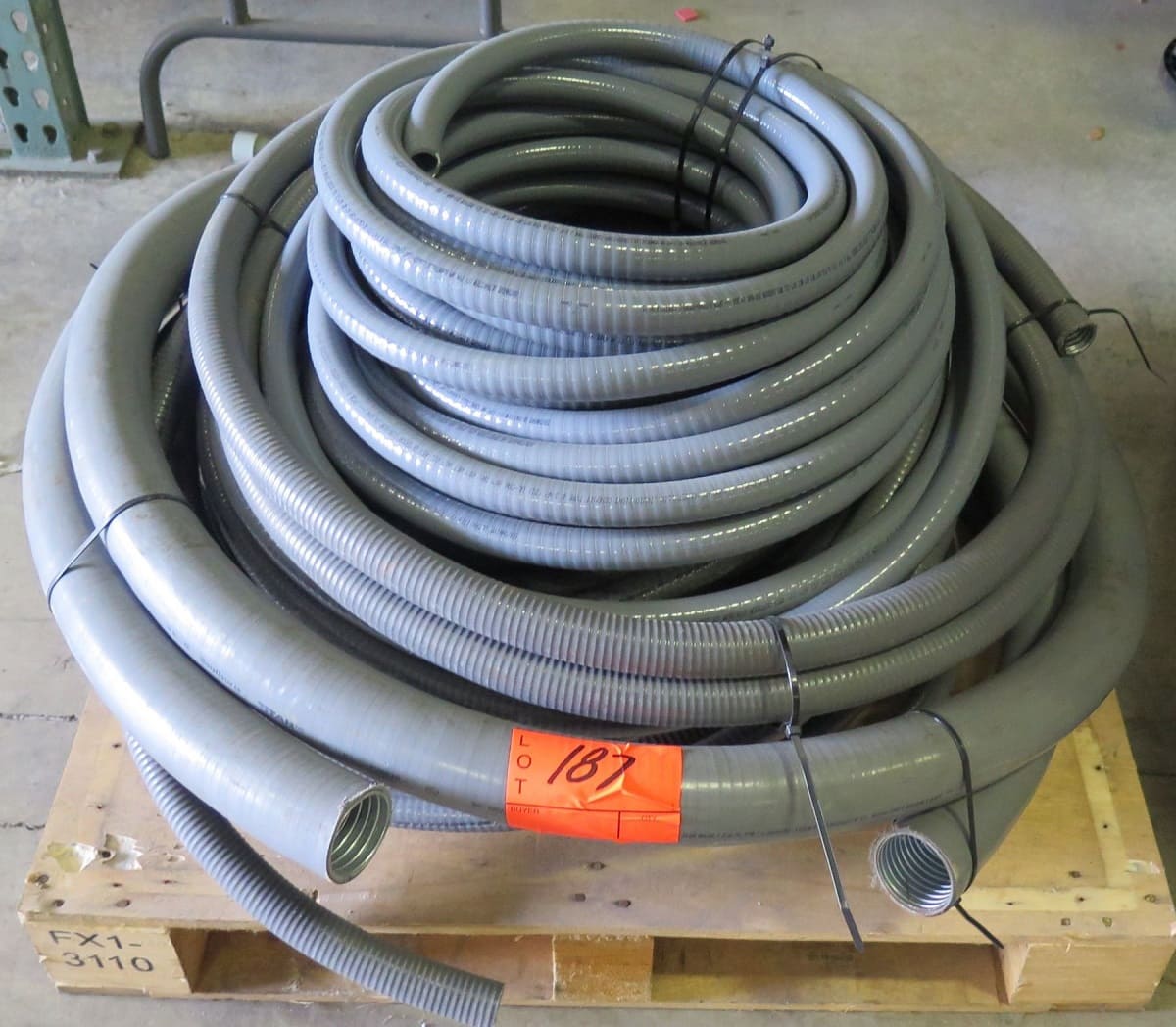
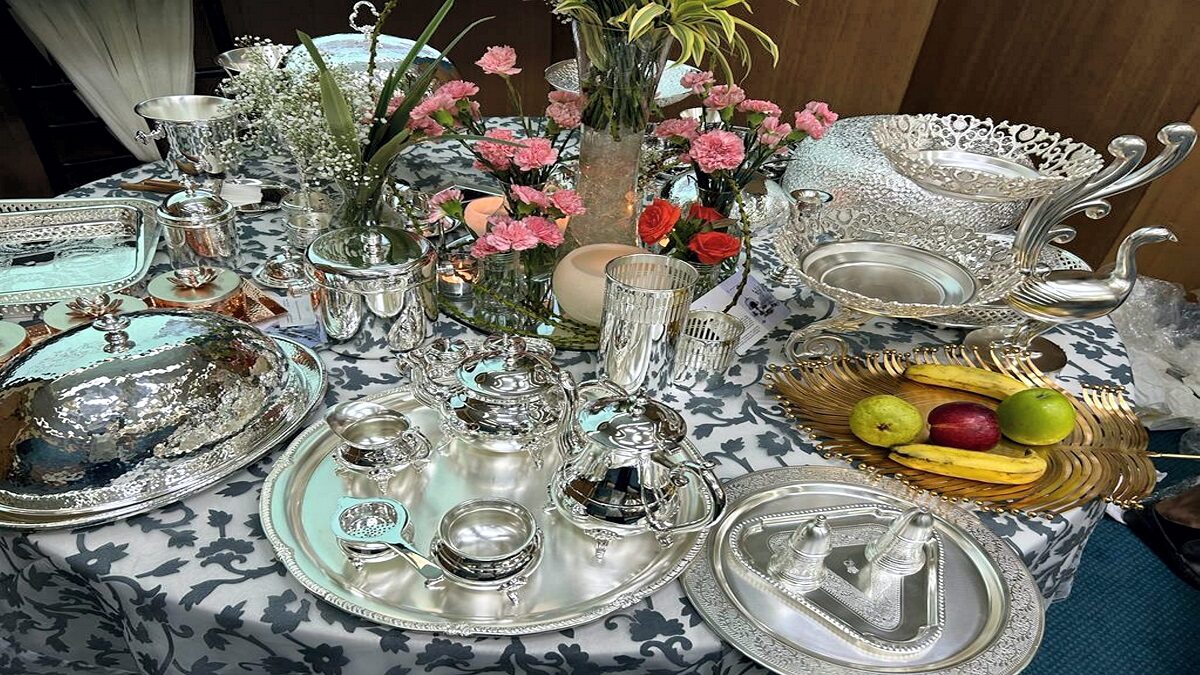
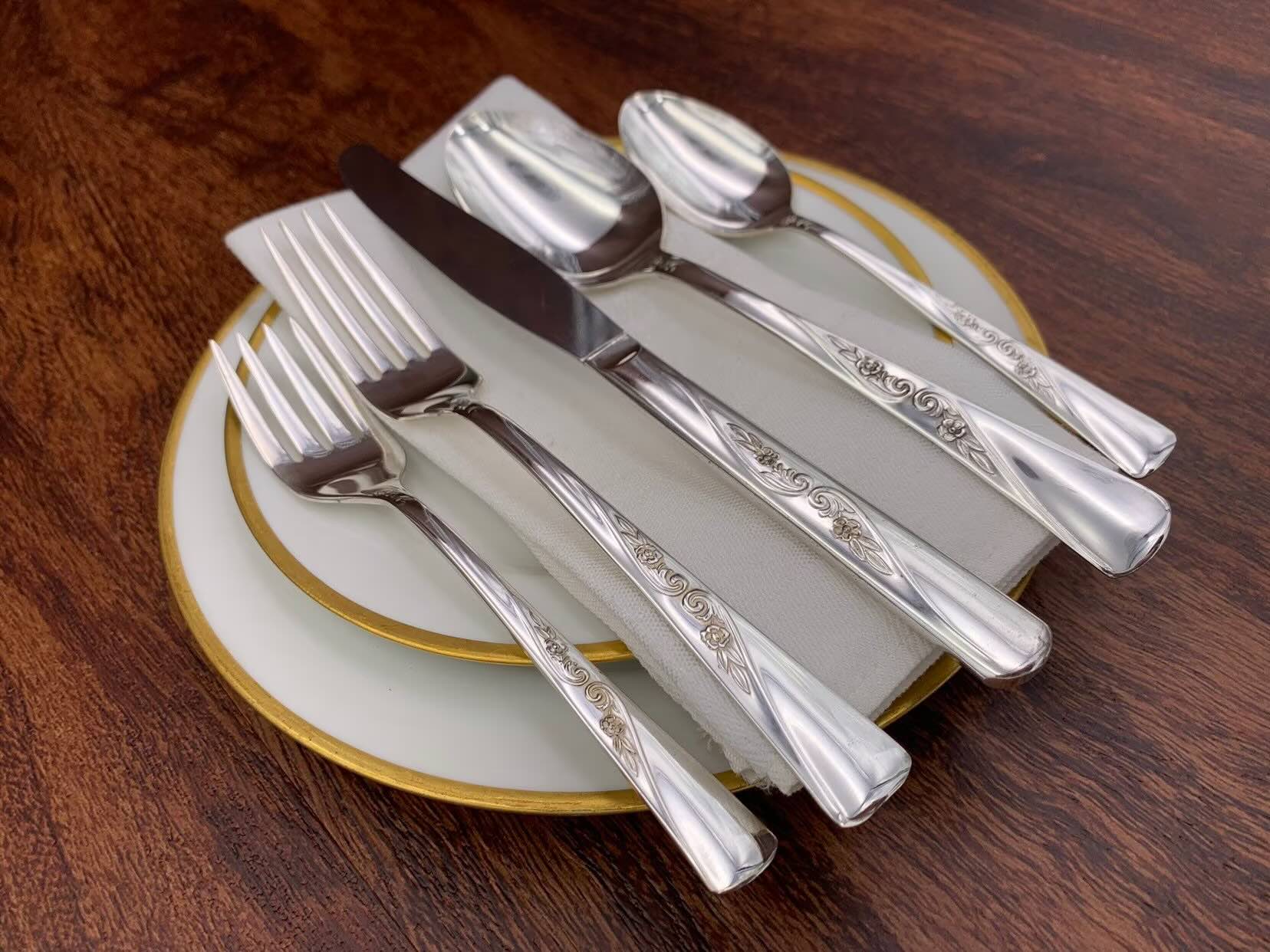
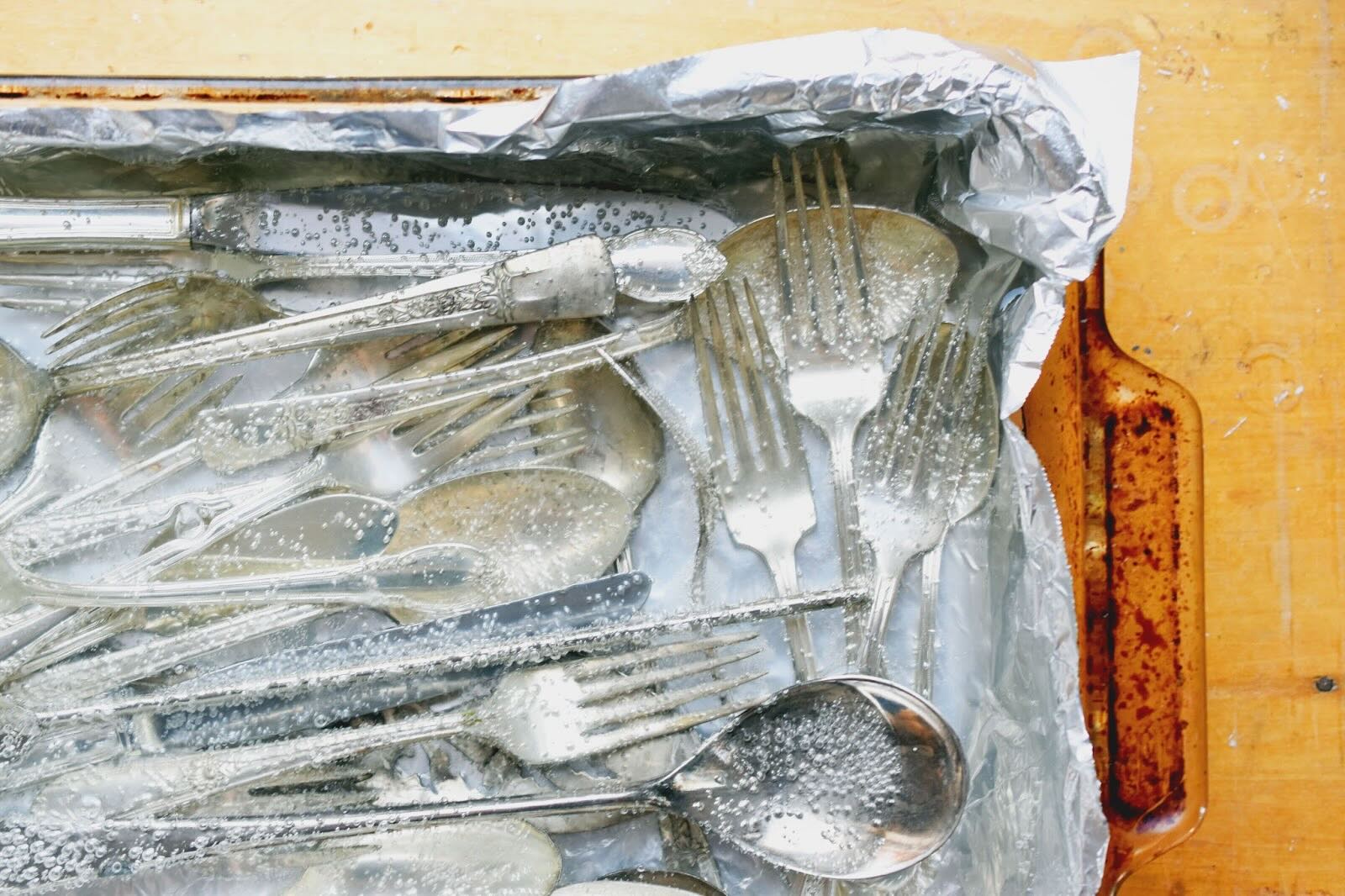
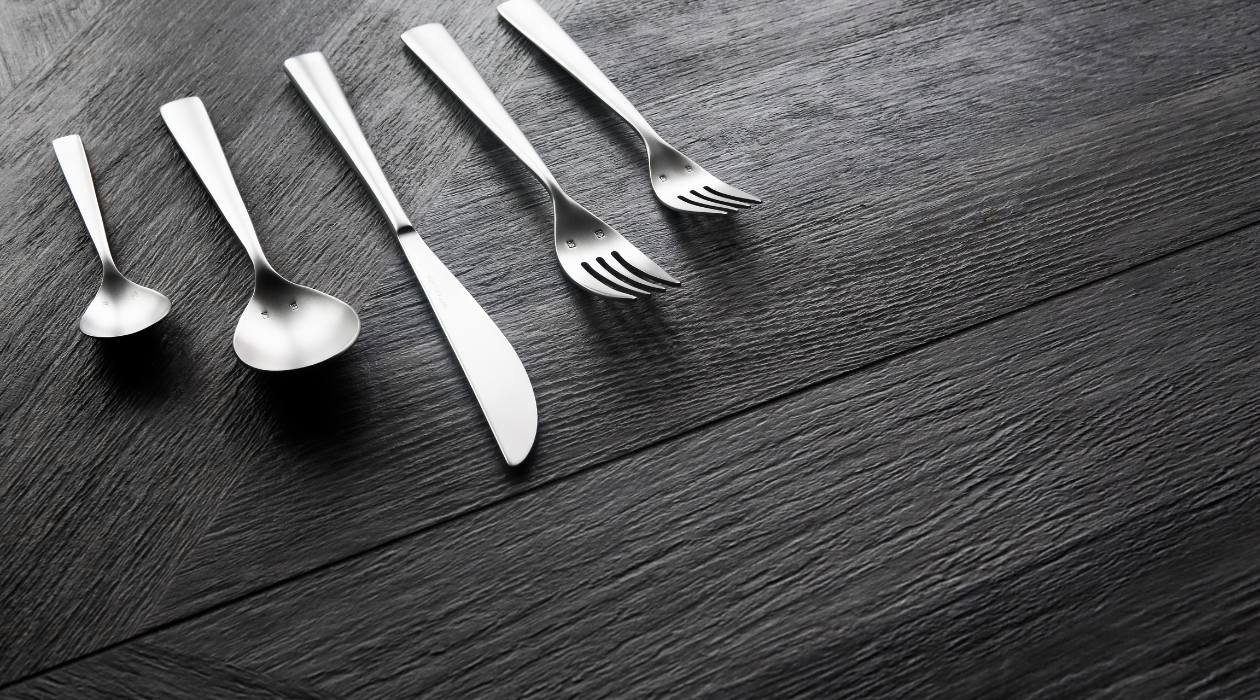
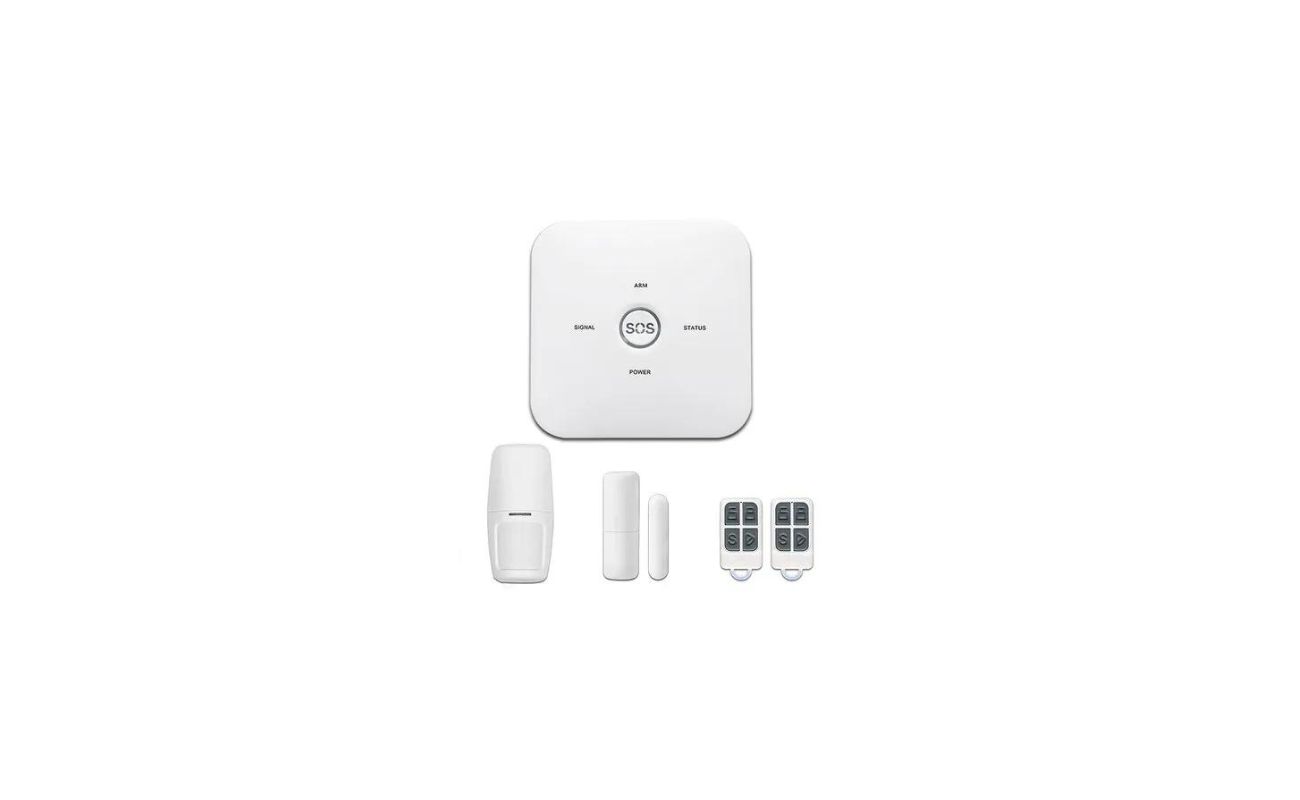
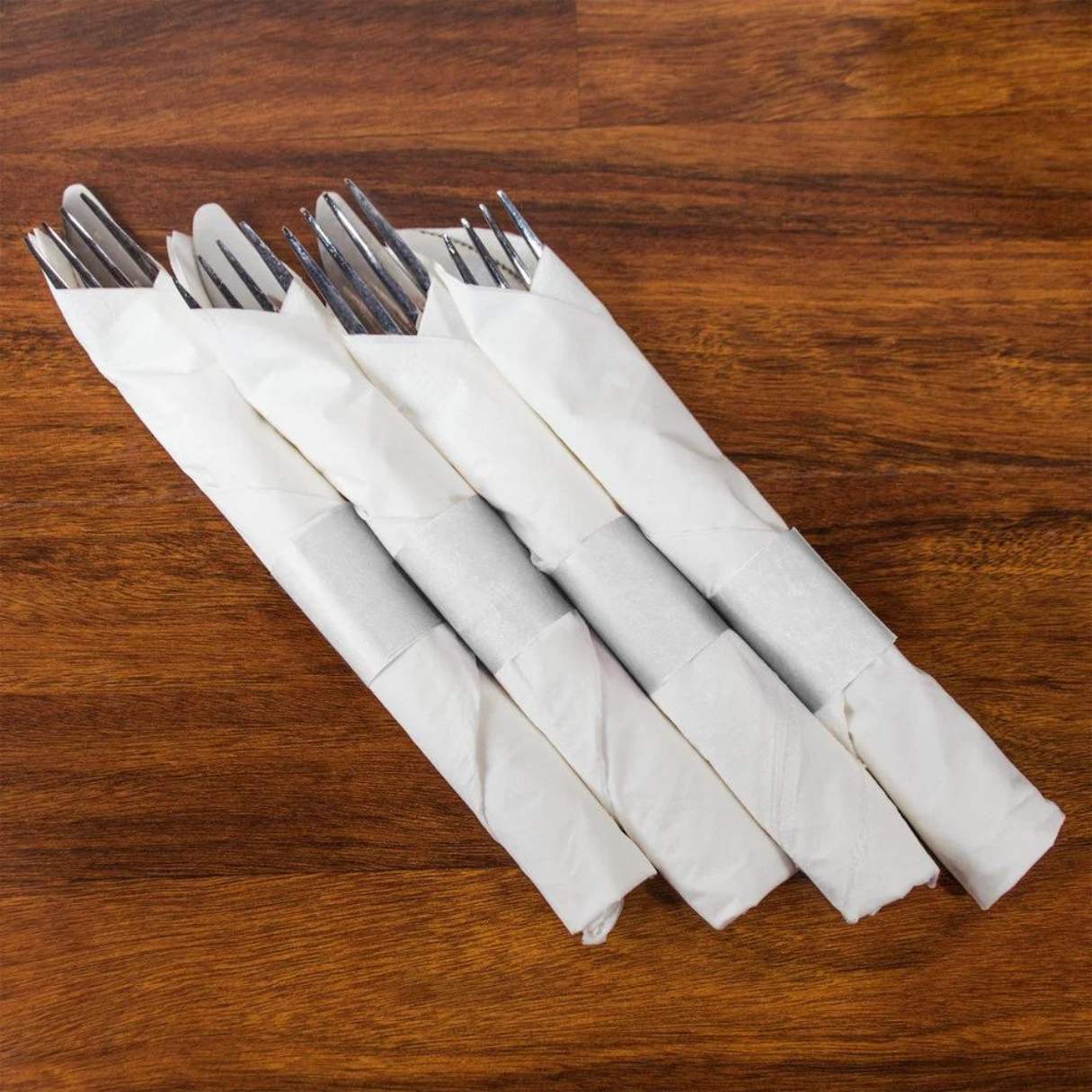
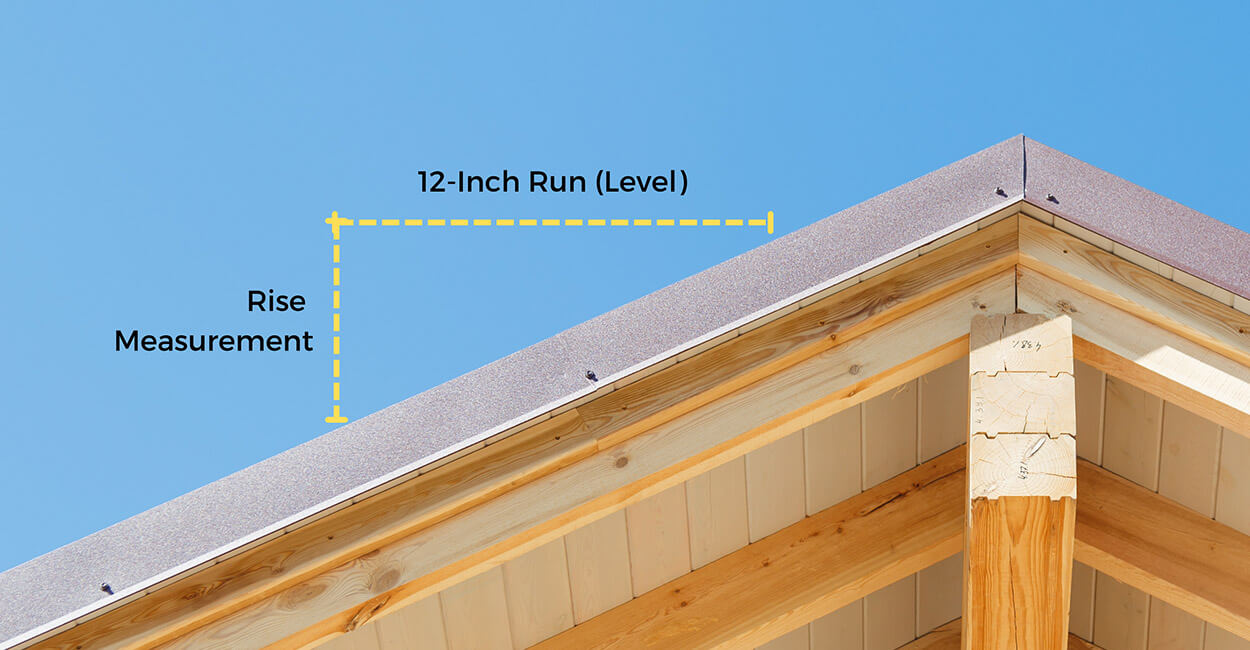
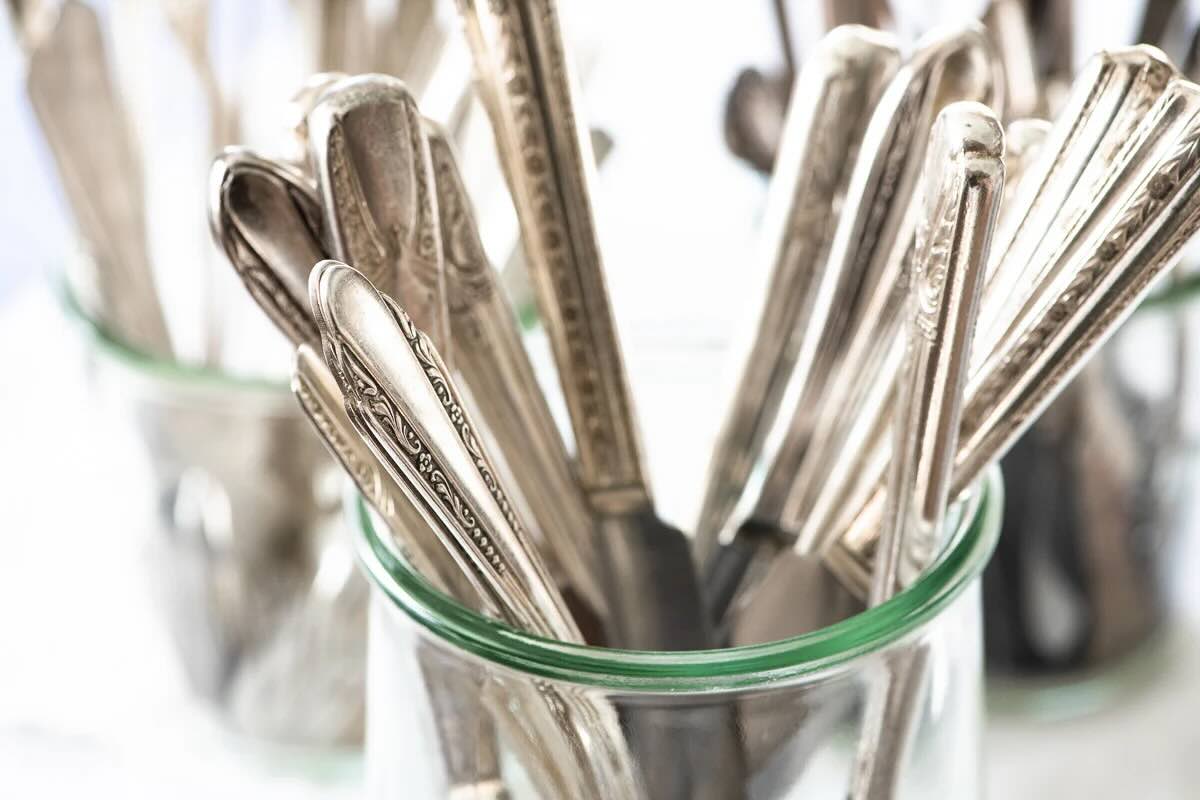
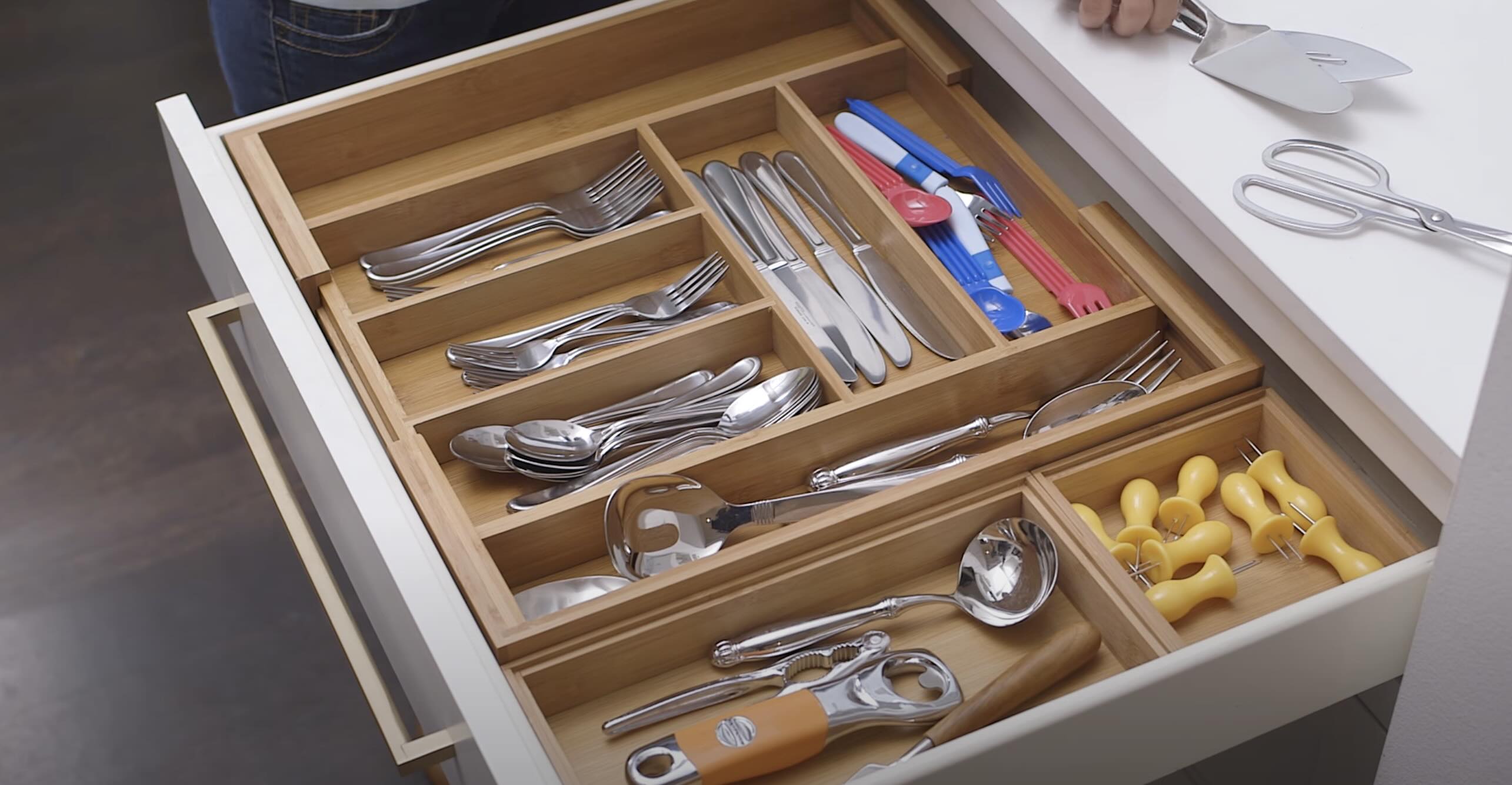

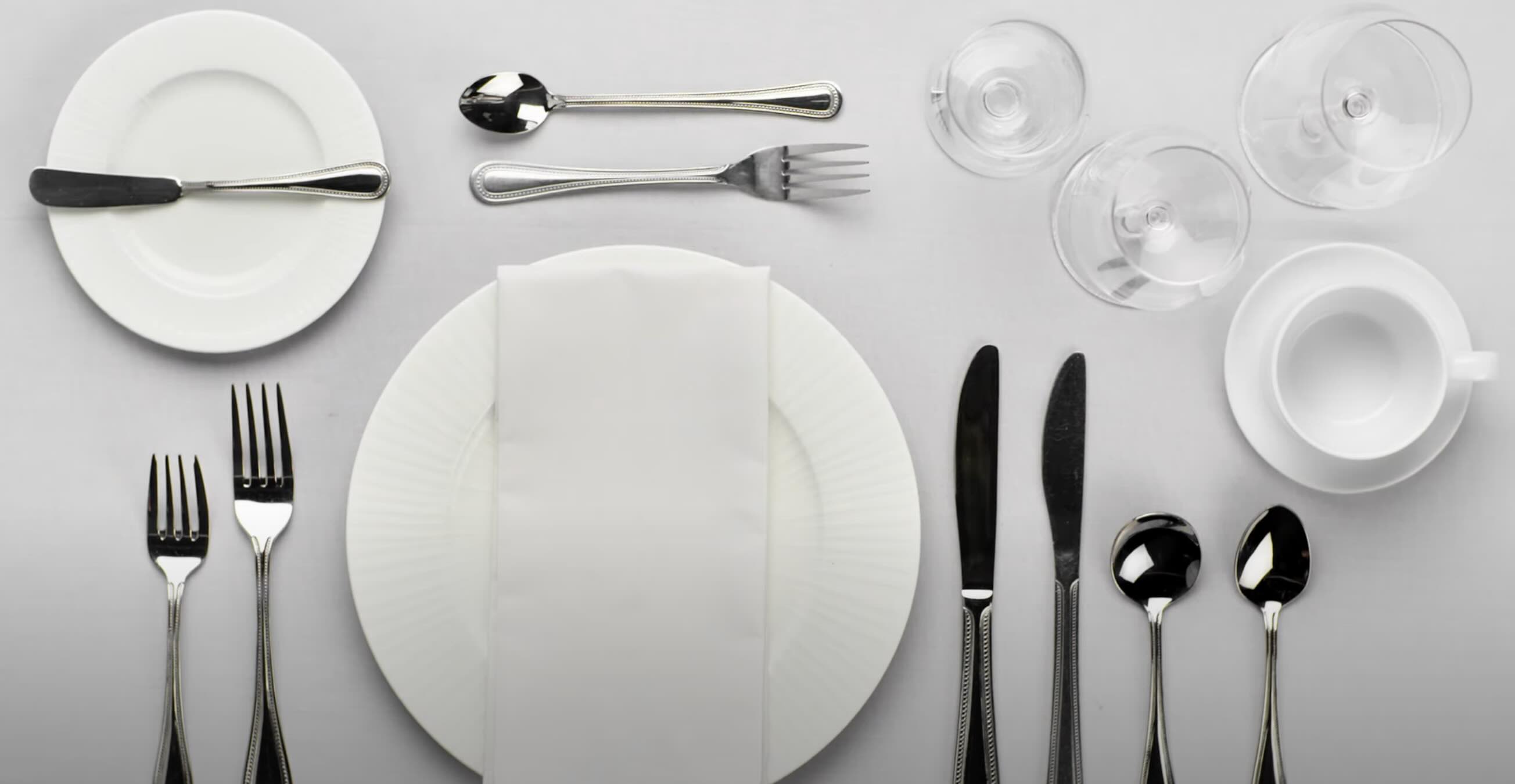
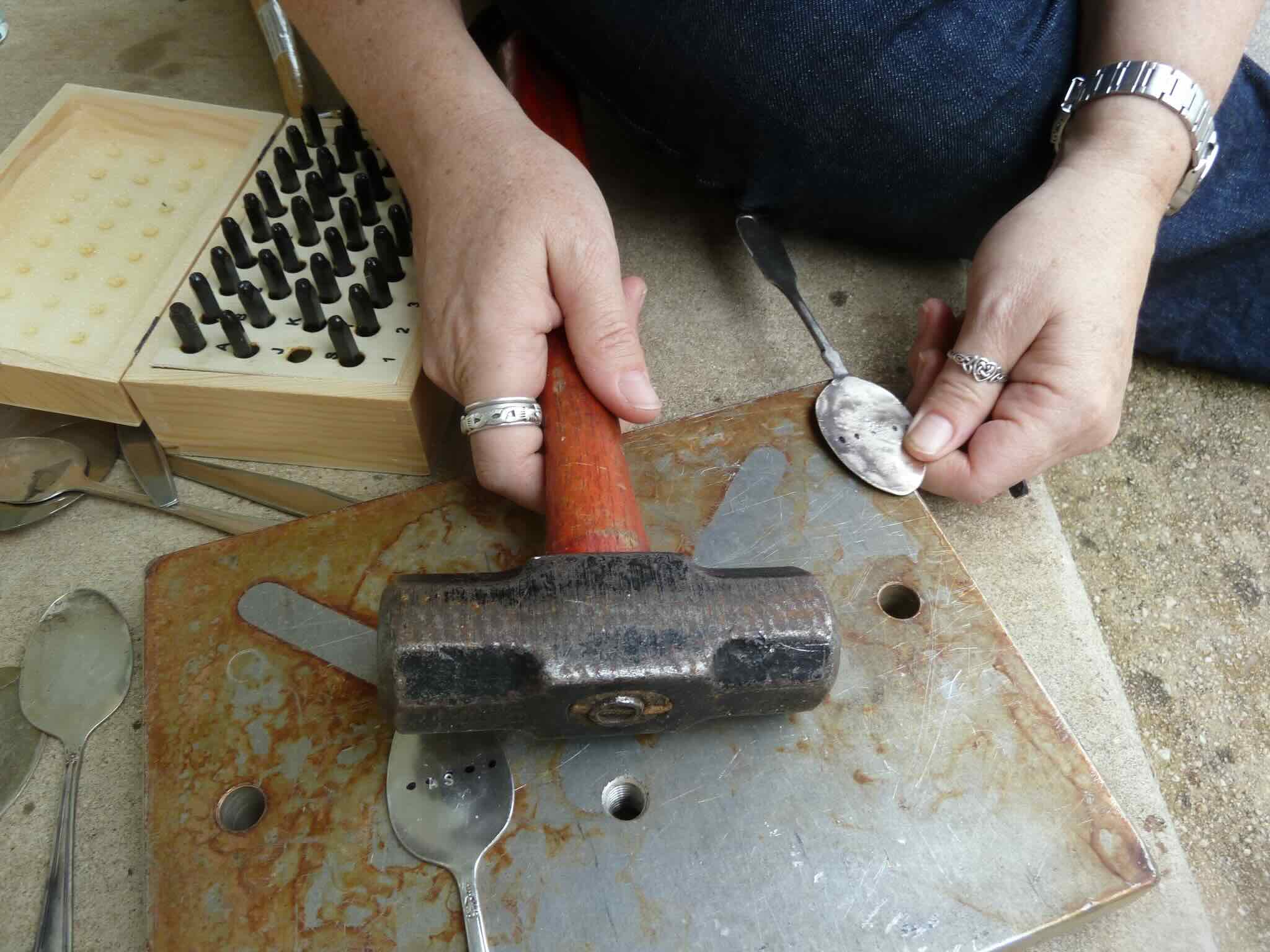


0 thoughts on “How To Determine If Rogers Silverware Is Authentic”